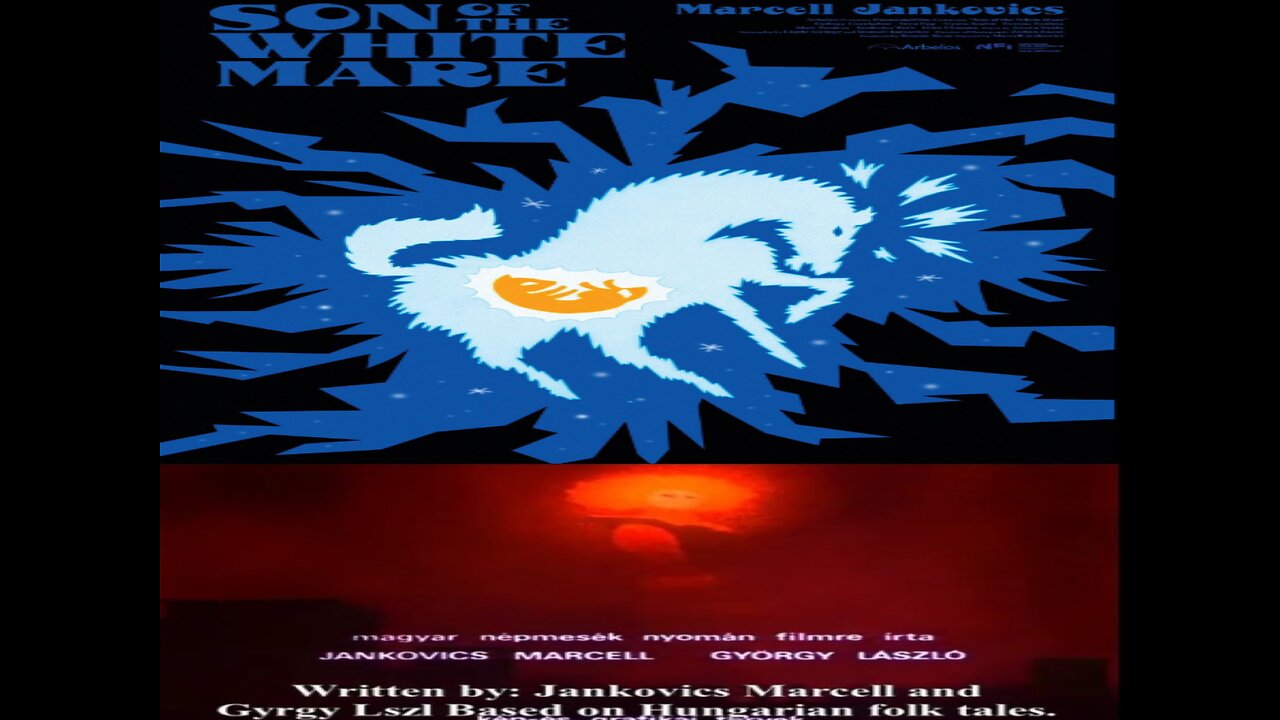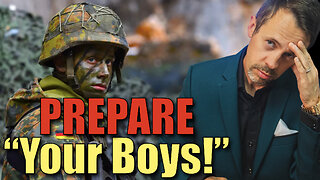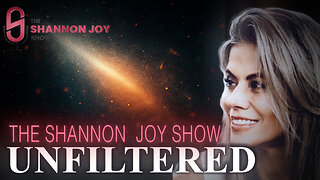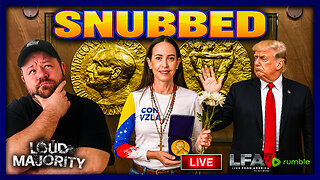Premium Only Content

Fehérlófia - Son of the White Mare - 1981
In this dreamlike Hungarian folk myth, a horse goddess gives birth to three powerful brothers who set out into the Underworld to save three princesses from three evil dragons and reclaim their ancestors' lost kingdom.
Director
Marcell Jankovics
Writers
László György Marcell Jankovics
The movie is a pastiche of many similar Hungarian and Eurasian folk tales and owes much to the myths of ancient Magyars, Scythians and Avarians. According to the Hungarian Ethnographic Lexicon, there are at least 50 different forms of this story, but the film was mostly based on "Fehérlófia" (as penned by poet László Arany) and "Fanyüvö, Vasgyúró, Hegyhengergetö" (by Gyula Illyés). One common criticism against the film is that the story, characters and its perceived messages are different from Arany's version of Fehérlófia. Director Marcell Jankovics confirmed that his aim wasn't to make a faithful adaptation of any single fable, but to create his own version. Most of the differences between the versions are detailed in the movie's FAQ section, but here are some notable ones:
In Arany's version, Fehérlófia (Son of the White Mare) and Fanyüvö (Treeshaker or Treetearer) are separate characters, and Fehérlófia kills all three of his servants, including the weak Fanyüvö at the end for their betrayal. In Illyés's version, Fanyüvö is the powerful main hero who only has two companions whom he spares at the end, but he has human parents. The film meshes these two into one and even combines their names: Fanyüvö Fehérlófia. Jankovics stated he had based the characters more on the story's second version because he believed viewers would be bored if each task had to be repeated four rather than three times.
Other differences include expanding on the backstory of the world, its rulers, the princesses and the dragons, and combining the fable with the myth of the World Tree. In most other versions of the tale, none of these have any background. The film's first 14 or so minutes are not part of the stories, this scene was a unique addition.
In the film, Fehérlófia's parents are deities, the Rain King and the Snow Queen, and the Hétszünyö Kapanyányimonyók (Seven-Hearted Lobahobgoblin) is the King in disguise. The folk tales contain no such connotations; the Goblin is a villain, and the King is a human unrelated to the main characters.
Depending on the version, the hero's mother is either a human woman or a horse without an explicit backstory, though sometimes, she's a cow or a sheep.
Certain scenes or quotes were also taken from other versions of the tale. In specific, the scene of Vasgyúró (alternatively named Ironkneader, Ironrubber or Irontemperer in English) forging a sword for Fanyüvö adapts the creation scene of Vasgyúró's ax that was left out from the film.
-
 2:03:24
2:03:24
The Culture War with Tim Pool
5 hours agoAntifa Is A Terror Organization, Crackdown Coming As Leftists Defend Violence | The Culture War
150K151 -
 28:39
28:39
Afshin Rattansi's Going Underground
5 days agoThe Trump Plan to Save US Economic Hegemony You Haven’t Heard Of (Jim Rickards)
29.6K2 -
 1:47:43
1:47:43
Lara Logan
17 hours agoROSEANNE UNLEASHED: Bolder Than Ever, Plus an Exclusive Peak at Her New Show | Roseanne Barr | Ep 39
17.7K6 -
 1:14:27
1:14:27
Steven Crowder
6 hours agoTrump Gets Screwed out of Nobel Prize - And They're Actually Thrilled About It
249K316 -
 46:24
46:24
The Rubin Report
5 hours agoListen to Dem Stutter as He’s Forced to Admit Trump Did the Impossible
49.4K23 -
 17:13
17:13
Neil McCoy-Ward
2 hours ago🚨 NATO Just Announced WHAT?!
9.88K19 -
 2:39:37
2:39:37
The Shannon Joy Show
4 hours agoCountdown To SJ Live - Hey Fam Town Hall 12pm ET LIVE! Tune In HERE
17.8K3 -
 1:36:51
1:36:51
The Mel K Show
4 hours agoMORNINGS WITH MEL K -Grand Conspiracy Against the People of the United States Unfolds 10-10-25
24.4K10 -
 1:02:15
1:02:15
Dr. Eric Berg
4 days agoThe Dr. Berg Show LIVE October 10, 2025
29.5K13 -
 LIVE
LIVE
LFA TV
16 hours agoLIVE & BREAKING NEWS! | FRIDAY 10/10/25
1,653 watching